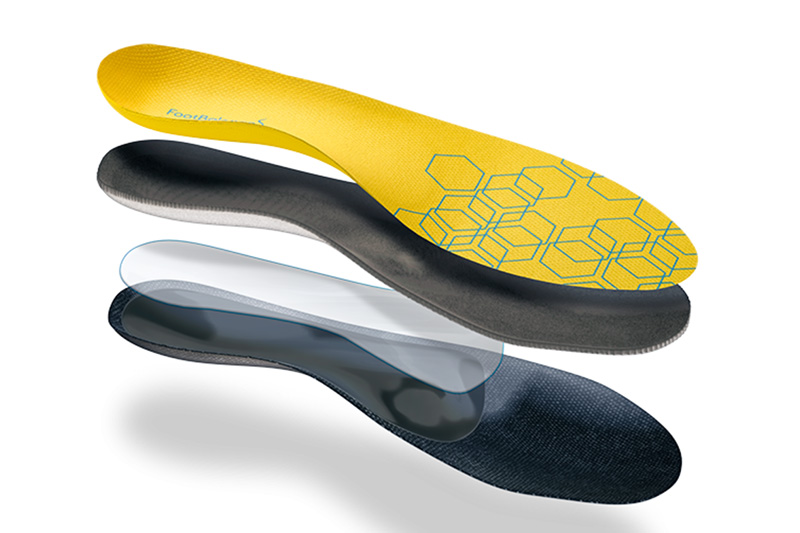Dublin, Nov. 08, 2022 (GLOBE NEWSWIRE) -- The "Global Foot Orthotic Insoles Market, By Type, By Applications & By Region- Forecast and Analysis 2022-2028" report has been added to ResearchAndMarkets.com's offering.
Global Foot Orthotic Insoles market size was valued at USD 2.97 billion and is projected to reach USD 4.50 billion by 2028, exhibiting a CAGR of 6.1% during the forecast period (2022-2028).

Foot orthotic insoles are medical devices that doctors suggest to reduce and relieve foot pain. The market for foot orthotic insoles has developed as the prevalence of chronic diseases such as diabetes, which can cause diabetic foot ulcers and other foot ailments, has increased. The lockdown, however, had a negative impact on the market as a result of the COVID-19 epidemic, as retail stores noticed a disruption in their sales and the number of people visiting healthcare professionals decreased. Significant technological advancements in the orthotics business, as well as robust clinical studies confirming the efficacy of insoles in treating a number of ailments, are encouraging market growth.
Segments covered in this report
The foot orthotic insoles market is segmented based on the type, application, and region. Based on the type, the foot orthotic insoles market is segmented as prefabricated, customized. Based on the application, the market is segmented into medical, sport & athletics, personal. Based on region, it is categorized into North America, Europe, Asia-Pacific, Latin America, and MEA.
Drivers
The rising prevalence of chronic foot conditions, along with favourable reimbursement policies, are propelling market growth. Foot pain is claimed to affect more than 30.0% of the general population. This discomfort can be caused by a variety of medical conditions, including arthritis, plantar fasciitis, bursitis, and diabetic foot ulcers. As a result, doctors offer foot orthotic insoles to treat these conditions. According to the National Center for Biotechnology Information, there will be between 9.1 and 26.1 million diabetic foot ulcers globally in 2021. Furthermore, it is expected that 20 to 25% of people with diabetes may develop a diabetic foot ulcer. Diabetes has reached epidemic proportions, and the volume and frequency of diabetic foot ulcers are rapidly increasing worldwide. As a result, the aforementioned characteristics are important worldwide market growth drivers.


Restraints
Despite a high demand for effective orthotic insoles, one of the most important barriers to market development is a lack of product penetration in emerging markets. Demand for these insoles is restrained in lower-middle-income countries due to a lack of money and service capacity, preventing their spread. The primary demand and supply variables that have made it difficult for consumers in lower-middle-income countries to enter and sustain this market are described below. Furthermore, LMIC healthcare practitioners do not have enough product choices to meet customer expectations. They prohibit local market participants from making flexible orders, which, as can be shown, is related to a weak supply route. One of the major reasons impeding market development is the high cost of bespoke orthotic insoles.
Market Trends
Throughout the years, the industry has undergone several strategic market shifts. The need for treatment devices is expected to increase as the prevalence of foot disorders and the number of individuals suffering from them increases. As a result, the large corporations have expanded their portfolios and employed mergers and acquisitions to expand their operations. These strategies will help firms access cutting-edge technologies such as high-frequency and shock-absorbing materials. Furthermore, the sector is progressively changing toward providing specialised help to its consumers based on their difficulties and supporting them in enhancing their quality of life. de economic expans.
Post time: Apr-01-2023
